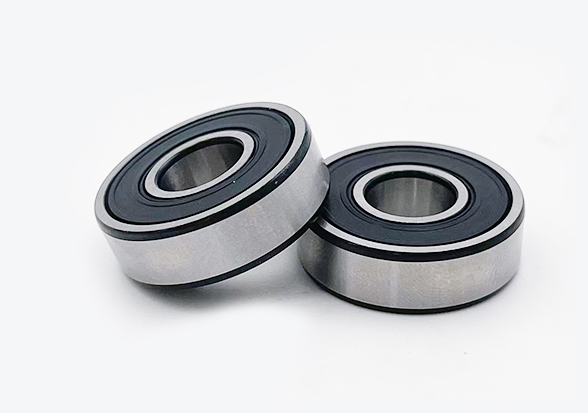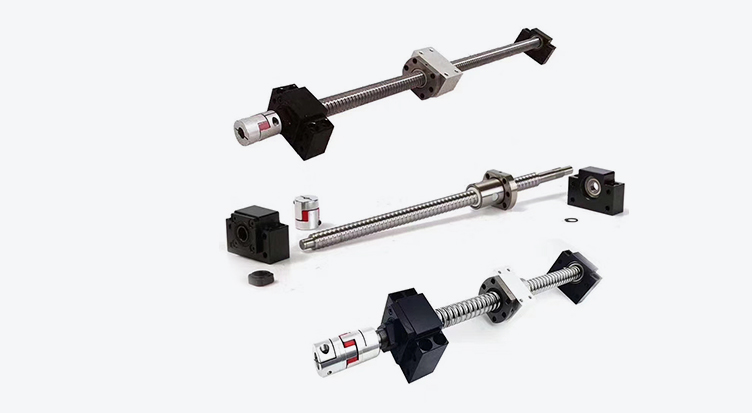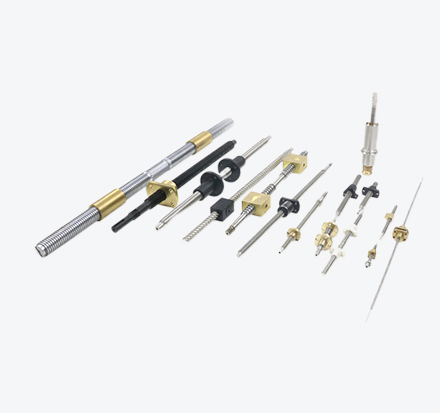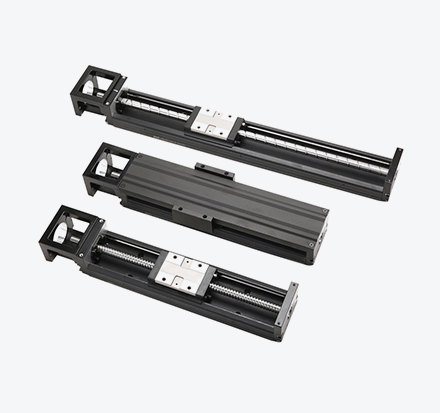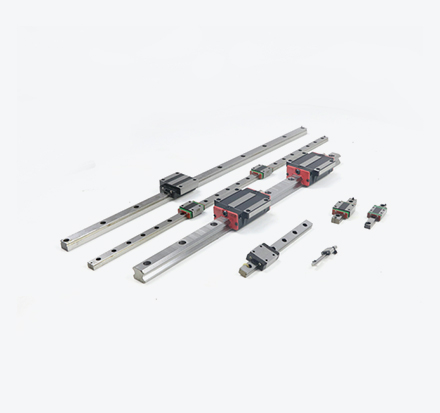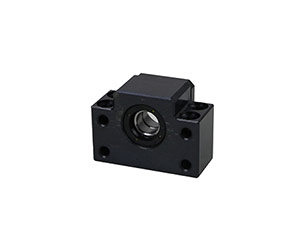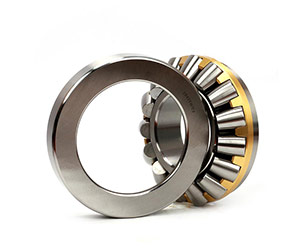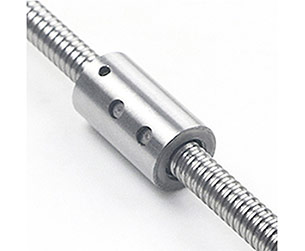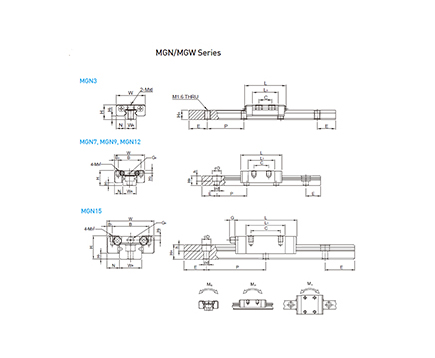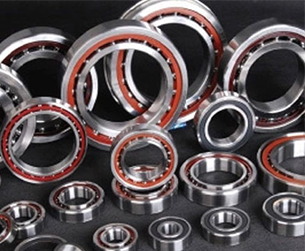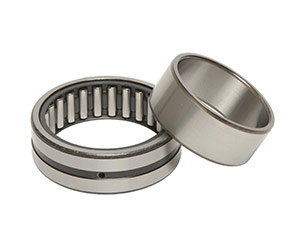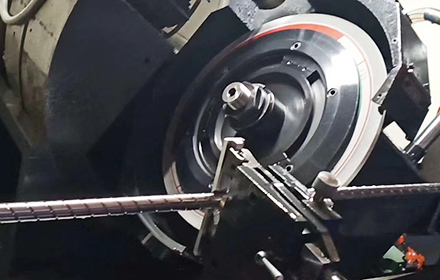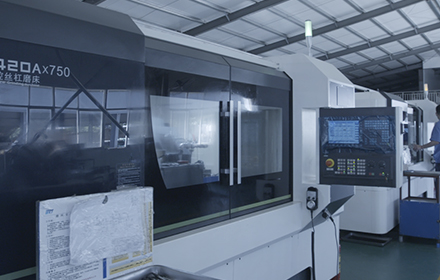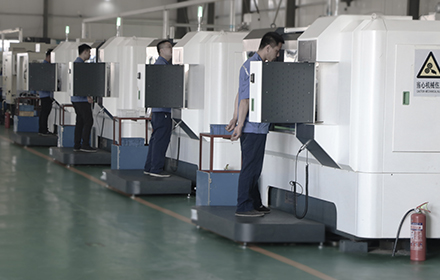Bearings are crucial components in many mechanical systems, from automobiles to industrial machinery to medical equipment. They allow for smooth and efficient motion by reducing friction between moving parts. Bearings come in many different shapes and sizes, and each type is designed for specific applications.
Understanding Linear Motion Bearing
One type of bearing is the linear motion bearing. As the name suggests, these bearings are designed to provide motion in a straight line, rather than in a circular motion like a traditional ball or roller bearings. Linear motion bearings come in several different varieties, including linear ball bearings, linear roller bearings, and linear bushings.
Linear ball bearings are made up of a cylindrical outer ring, a series of ball bearings, and an inner ring. The ball bearings are held in place by a cage, which allows them to move freely along the track. The inner and outer rings are designed to provide support and guidance for the ball bearings as they move. Linear ball bearings are ideal for applications where high speeds and precision are required.
Linear roller bearings, on the other hand, use rollers instead of balls to provide motion. These bearings are designed to handle heavier loads and can provide smoother motion than linear ball bearings. Linear roller bearings are often used in applications where high accuracy and rigidity are required, such as in machine tools or robots.
Linear bushings are similar to linear ball bearings, but instead of using ball bearings, they use a sliding mechanism. The bushing is made up of a cylindrical outer ring, a sliding element, and an inner ring. The sliding element is typically made of a low-friction material, such as PTFE, and allows for smooth, low-friction motion.
Understanding Angular Contact Ball Bearing
Another type of bearing is the angular contact ball bearing. These bearings are designed to handle both radial and axial loads, making them ideal for applications where both types of forces are present. Angular contact ball bearings are made up of an inner ring, an outer ring, a series of ball bearings, and a cage. The angle between the inner and outer rings can be adjusted to accommodate different types of loads.
How Precision Bearings And Roller Bearing Works?
Precision bearings are a type of bearing that are designed for high-precision applications. These bearings are typically made with higher-quality materials and are manufactured to tighter tolerances than standard bearings. Precision bearings are used in a wide range of applications, including aerospace, medical equipment, and machine tools.
Roller bearings are another common type of bearing. These bearings use cylindrical, tapered, or spherical rollers instead of balls to provide motion. Roller bearings can handle heavier loads than ball bearings and are often used in applications where high-speed motion is required.
How Do Bearings Work?
All bearings work by reducing friction between moving parts. The design of the bearing determines how it will achieve this goal. Some bearings use rolling elements, such as balls or rollers, to reduce friction, while others use sliding mechanisms or low-friction materials. The key to a good bearing design is finding the right balance between friction reduction, load capacity, and durability.
In conclusion, bearings play a critical role in many mechanical systems, providing smooth and efficient motion while reducing friction between moving parts. Linear motion bearings, angular contact ball bearings, precision bearings, and roller bearings are just a few of the many types of bearings available. Each type is designed for specific applications, and the key to a good bearing design is finding the right balance between friction reduction, load capacity, and durability.
 English
English
